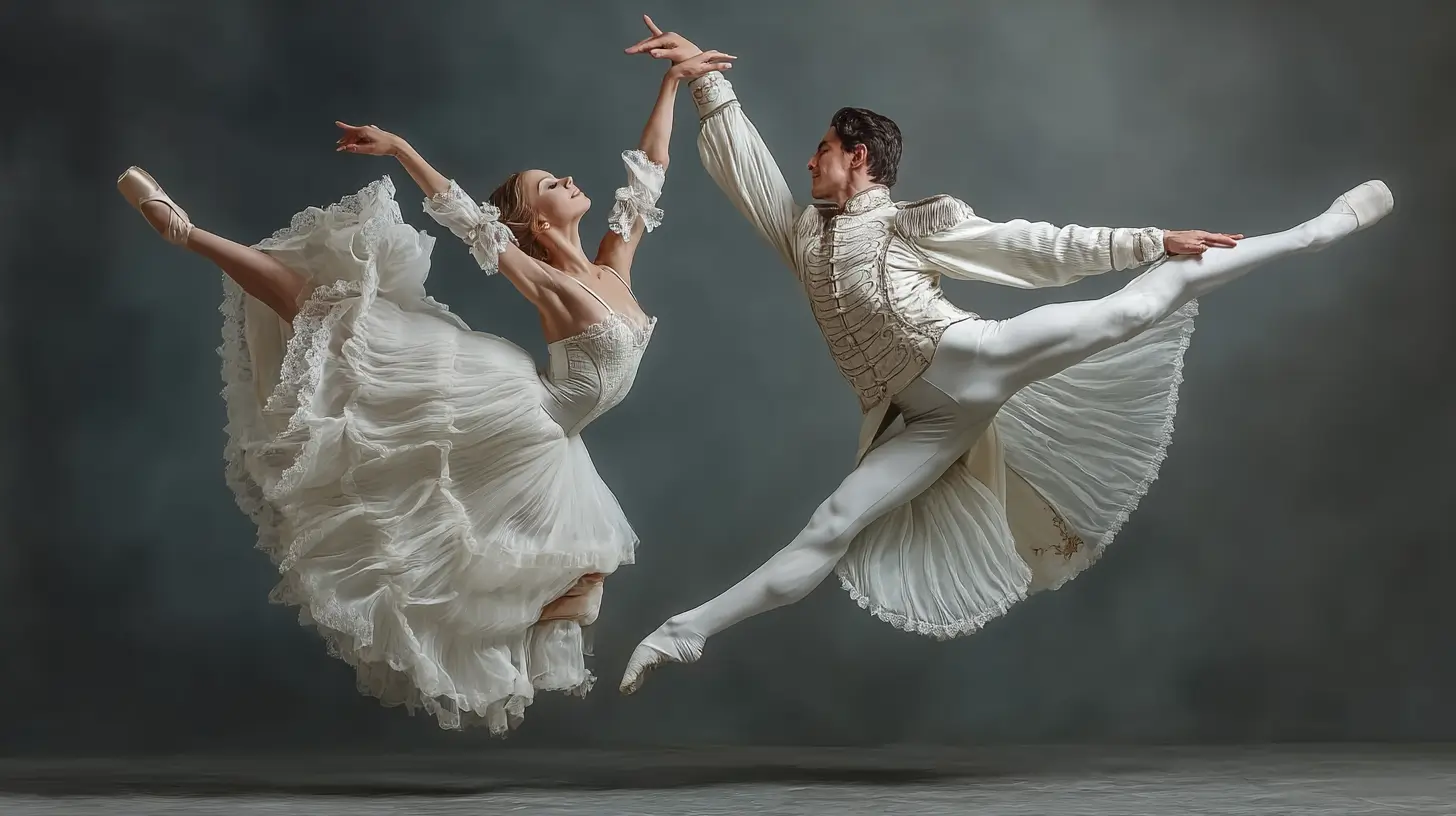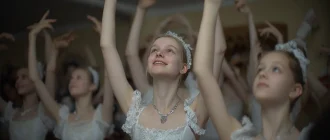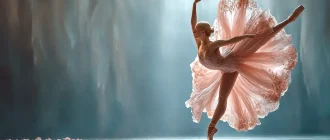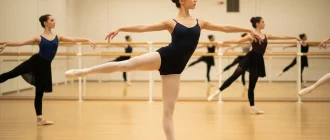Do you want to know the best ballet variations that can naturally elevate your dance skills? This article reviews the top 10 ballet variations every dancer should master. From timeless classics to favorite variations to advanced challenges, find out which pieces can help you showcase your technique and artistic expression.
Graceful Insights
- Classic variations, such as Sleeping Beauty’s Lilac Fairy and Don Quixote’s Kitri, are essential for building technical skills and artistic expression in ballet.
- It is essential to select the correct variation. To foster growth, dancers should choose selections that align with their strengths and areas for improvement.
- Musicality and audience engagement are crucial for a captivating ballet performance. They allow dancers to connect and leave a lasting emotional impression.
Art de Podcast
| Rank | Variation | Ballet | Difficulty Level | Description | Famous Performers |
|---|---|---|---|---|---|
| 1 | Odette’s Variation | Swan Lake | Advanced | It is a delicate and lyrical solo that showcases grace, elegance, and control. | Natalia Makarova, Ulyana Lopatkina |
| 2 | Kitri’s Act I Variation | Don Quixote | Advanced | It is a fiery and technically demanding solo featuring fast footwork and turns. | Tamara Rojo, Marianela Núñez |
| 3 | Sugar Plum Fairy’s Variation | The Nutcracker | Intermediate to Advanced | A regal, sparkling solo emphasizing precision and poise. | Darcey Bussell, Polina Semionova |
| 4 | Aurora’s Act III Variation | The Sleeping Beauty | Advanced | It is a challenging piece filled with tricky balances, known for its regal and refined style. | Margot Fonteyn, Alina Cojocaru |
| 5 | Giselle’s Act I Variation | Giselle | Intermediate to Advanced | It is a lyrical solo with deep emotional resonance, requiring a strong connection with the character. | Alicia Markova, Svetlana Zakharova |
| 6 | Bluebird Pas de Deux (Female) | The Sleeping Beauty | Intermediate | A light, vibrant variation that requires great elevation and precision in jumps. | Maria Kochetkova, Lauren Cuthbertson |
| 7 | Esmeralda’s Tambourine Variation | La Esmeralda | Intermediate to Advanced | A dynamic solo featuring character work with a tambourine and sharp, expressive movements. | Natalia Osipova, Svetlana Zakharova |
| 8 | Cupid’s Variation | Don Quixote | Intermediate | A lively, playful variation often performed by younger dancers, featuring fast turns and jumps. | Yulia Stepanova, Ekaterina Krysanova |
| 9 | Medora’s Variation | Le Corsaire | Advanced | It is known for its complexity, featuring difficult turns and expressive artistry. | Svetlana Zakharova, Tamara Rojo |
| 10 | Paquita’s Grand Pas Variation | Paquita | Intermediate to Advanced | It is a versatile solo that blends technical precision with a joyful, triumphant character. | Natalia Osipova, Marianela Núñez |
This table features a range of ballet variations suitable for dancers of varying levels, from intermediate to advanced. Each solo is iconic, allowing a dancer to showcase specific techniques and artistry.
Classic Variations Every Ballerina Should Know
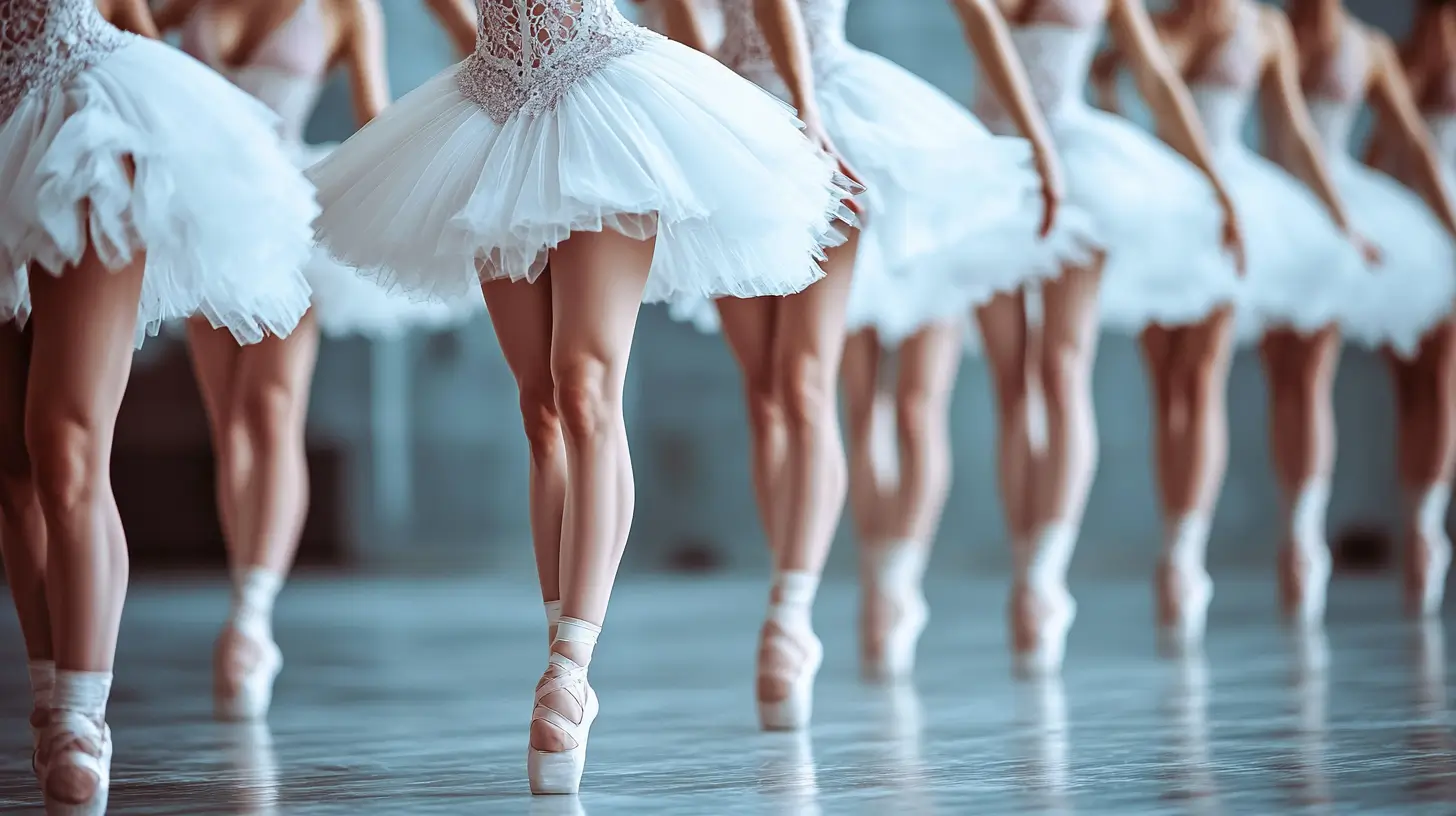
Classic ballet variations are the bedrock of a ballerina’s repertoire. These pieces test a dancer’s technical abilities, artistic expression, and versatility. Dancers should be familiar with the variations often required for competitions and ensure they select age-appropriate pieces to perform.
These two variations lay the groundwork for more advanced and contemporary pieces.
Sleeping Beauty’s Lilac Fairy
The Lilac Fairy from Sleeping Beauty is a quintessential variation for every ballerina. This piece demands balance and an artistic interpretation to bring the character to life. The dancer must exhibit technical precision and an ethereal quality that captures the essence of this benevolent fairy.
Don Quixote’s Kitri
Kitri’s variation from Act I of Don Quixote is a vibrant showcase of energy and joy. This piece requires rapid footwork and precise turns, highlighting the dancer’s technical skill and athleticism.
Embodying Kitri’s spirited character involves engaging the audience with expressive movements and facial expressions.
Swan Lake’s Black Swan
The solo Black Swan variation from Swan Lake is renowned for its complexity and dramatic flair. This variation is more challenging than many others, requiring a dancer to convey the character’s duality and emotional conflict with precision, focus, and intensity.
The intricate leg movements and choreography in dancing the Black Swan variation highlight a ballerina’s technical prowess and artistic depth.
Challenging Variations for Advanced Dancers
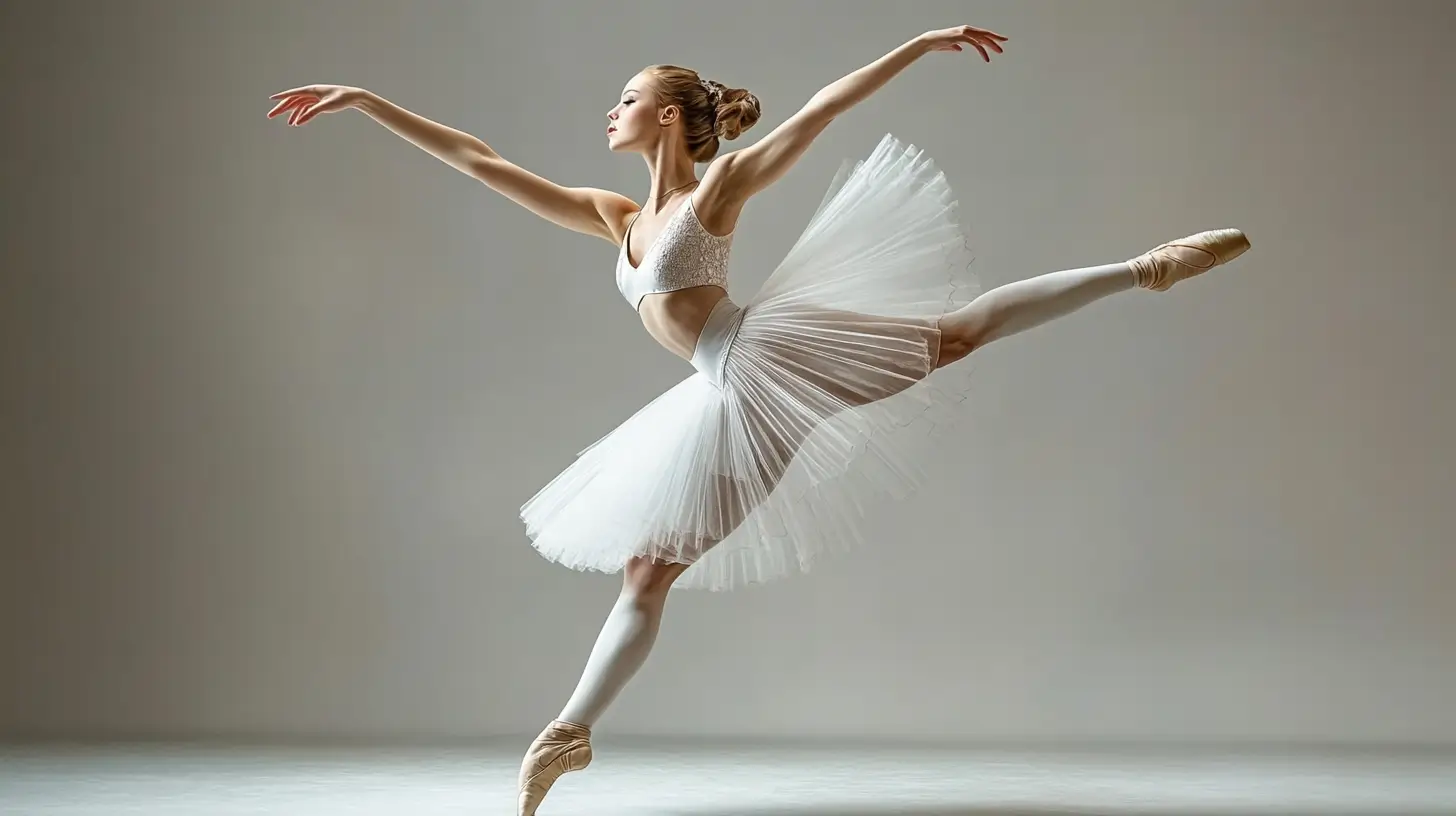
Certain variations present thrilling challenges for advanced dancers, demanding technical skill and artistic endurance.
Raymonda’s Act III
Raymonda’s Act III variation requires a dancer to demonstrate a strong leg line, stamina, and style. Raymonda Act II is another notable variation, highlighting the joy of variation and showcasing one person’s dance style and technique. Its intricate footwork and elegant presence reflect the character’s royal nature, making it a favorite among advanced dancers.
Gamzatti from La Bayadere
Gamzatti’s variation in La Bayadère is known for its powerful arm leaps and precise turns. Advanced dancers are drawn to this piece because it showcases their technical precision and strength through diagonal patterns in solo and all doubles.
Queen of the Dryads from Don Quixote
The Queen of the Dryads variation from Don Quixote captivates by showcasing a solo dancer’s technical prowess. To perform this variation with grace and fluidity, you require exceptional control over body movements and transitions.
Best Variations for Pointe Work
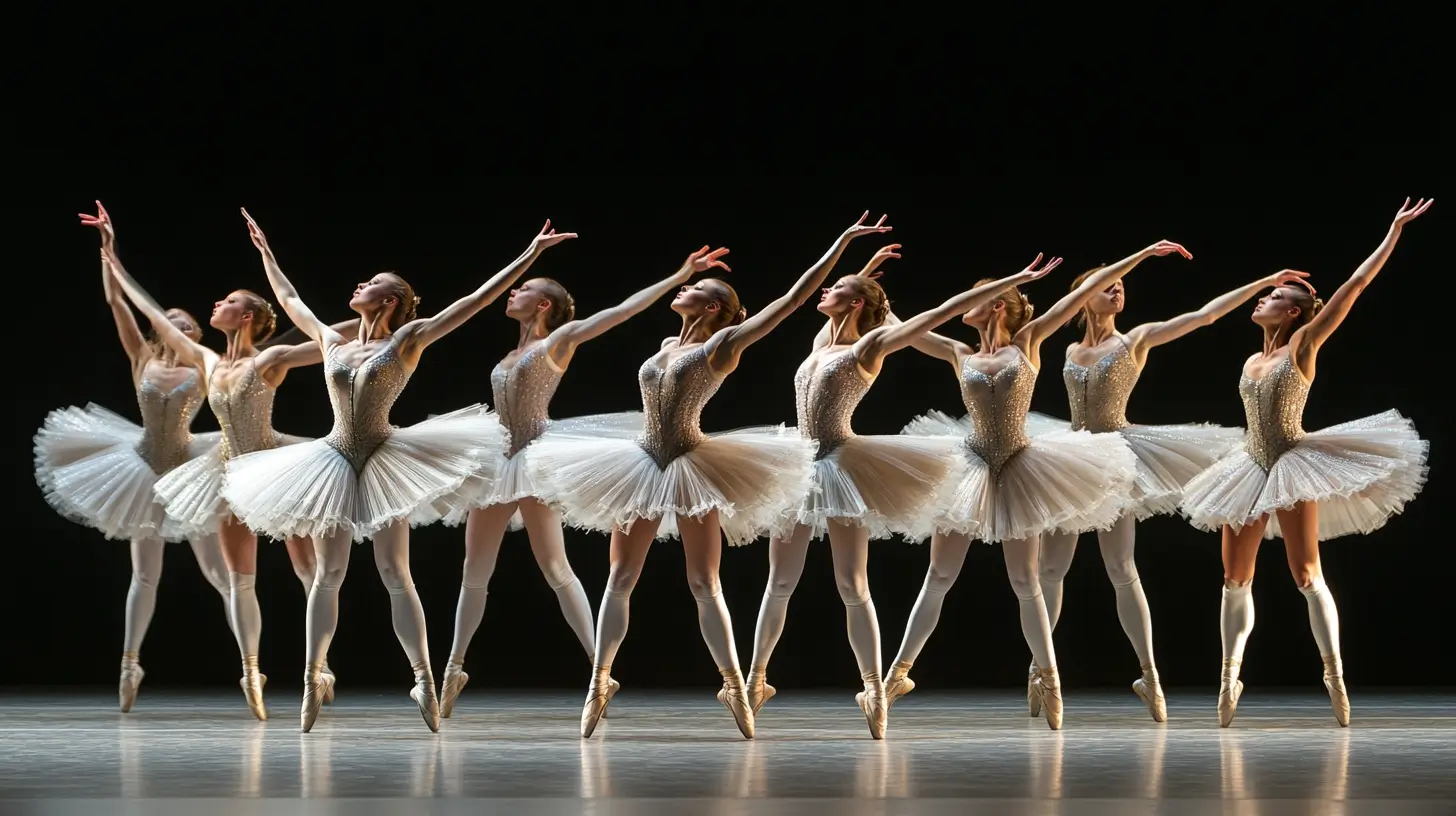
Pointe work defines ballet by showcasing a dancer’s strength, fine technique, and artistry. Some variations are renowned for their demi-pointe work, which is ideal for competitions.
Sugar Plum Fairy from The Nutcracker
The Sugar Plum Fairy’s variation from The Nutcracker is cherished for its delicate yet dynamic movements. This piece features short pointe steps that progress into more virtuosic movements, making it a favorite among dancers of all ages and audiences of a similar age.
Aurora’s Wedding Pas de Deux from Sleeping Beauty
Aurora’s Wedding Pas de Deux from Sleeping Beauty beautifully displays fluid port de bras and demanding footwork. This variation allows dancers to showcase their lyrical quality and strength.
Esmeralda’s Tambourine Variation
Esmeralda’s Tambourine Variation is lively and expressive, emphasizing agility and quick footwork. The dancer must convey the nuances of Esmeralda’s spirited character through rapid footwork, directional changes, and lively turns, while maintaining poise and expressiveness.
This good variation captivates audiences with its vibrant and engaging performance.
Choosing Variations Based on Strengths and Weaknesses
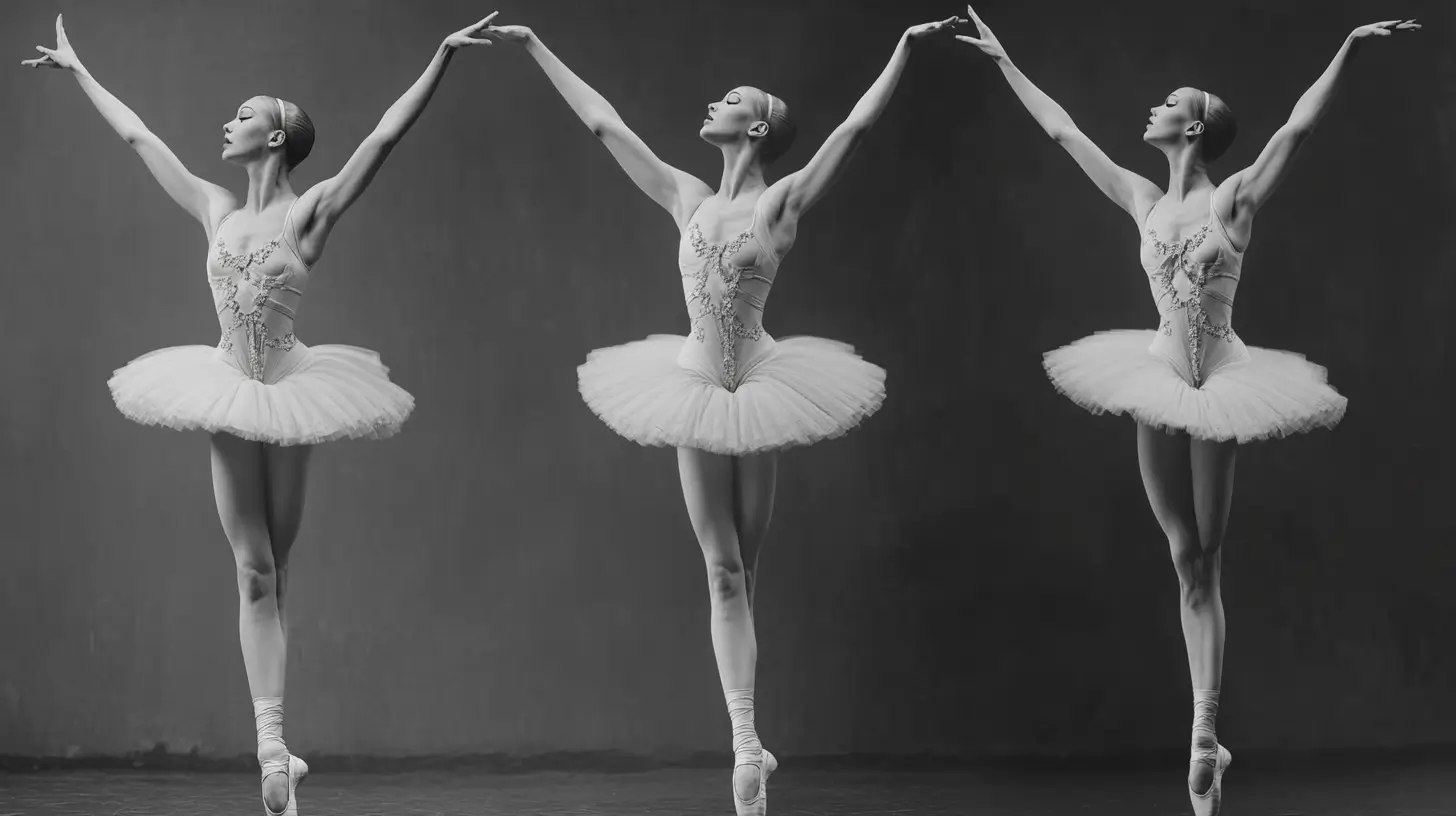
Selecting the right ballet variation involves understanding your strengths and weaknesses. This strategic approach can enhance your performance and help you grow as a dancer.
Identifying Personal Strengths
Identifying personal strengths helps you choose the right variation. Choose a piece that matches your technical abilities and one you enjoy performing.
For example, renowned variations like Sleeping Beauty and Swan Lake require mastering classical ballet techniques, such as turns and jumps.
Addressing Weaknesses
Addressing weaknesses is key to improvement. Select variations that target difficult areas, such as specific move positions, turns, or styles, to enhance those skills and make significant progress.
Balancing Fun and Challenge
Balancing fun and challenge ensures a fulfilling performance. Select enjoyable and technically challenging variations to promote growth and maintain motivation.
Consider your unique skills, knowledge, and preferences to find the perfect balance.
Musicality and Expression in Ballet Variations

Musicality and expression are key to a captivating ballet performance. They bring choreography and music to life, allowing dancers to connect emotionally with the audience.
Matching Movements to Music
Synchronizing movements with musical phrases is vital for a cohesive performance. Focusing on larger musical phrases rather than individual beats helps students enhance their interpretation and connection with the music.
Conveying Emotion Through Dance
Expressing emotion through dance is crucial for audience engagement. Intricate movements offer opportunities to convey the lead character’s emotions, creating a compelling performance combined with poise.
Audience Engagement
Engaging the audience is essential for a memorable solo stage performance. Tailoring expressions and movements to their viewing angles enhances the overall experience.
Connecting emotionally with the person or the audience leaves a lasting impression.
Technical Requirements and Style
Ballet variations require a blend of technical skill and stylistic interpretation. Understanding these aspects helps dancers identify and perform with precision and artistry.
Classical Technique
Classical technique forms act as the foundation of many ballet variations. Mastering difficult turns, jumps, and combinations is crucial for pieces like Sleeping Beauty’s Lilac Fairy and Swan Lake’s Black Swan, reflecting a dancer’s training and artistic expression.
Contemporary Influences
Contemporary ballet merges classical ballet with modern dance elements, fostering innovative movements and creative expression. This style of dancing highlights the feet and requires greater athleticism, often incorporating floor work and dancing completely barefoot.
Character Roles
Strong character interpretation is vital for certain variations. For instance, Coppélia requires dancers to embody specific roles authentically, which enhances the performance. A well-chosen costume can also support the storytelling aspect.
Preparing for Competitions
Effective preparation is key to success in ballet competitions. Every detail, from rehearsals to costumes and handling nerves, counts.
Rehearsal Tips
Clear goals, regular practice, and constructive feedback are crucial for competition preparation. Rehearsing in costumes helps dancers adjust to movement restrictions in competition and improve stage presence.
Costume and Presentation
Choosing the right costume is crucial for maintaining freedom of movement and achieving visual impact. A simple, yet appropriate costume can effectively convey your character without the need for expensive attire.
Handling Nerves
Managing performance anxiety is crucial for success in competition. Maintaining eye contact with the audience and controlling your appearance can help manage nerves.
| Aspect | Considerations | Suggested Variations |
|---|---|---|
| Level of Experience | Choose variations that align with the dancer’s technical and performance abilities. | – Beginners: “Coppélia” (Act I) – Intermediate: “Giselle” (Act I), “Sleeping Beauty” (Aurora’s entrance) – Advanced: “Swan Lake” (Odile), “Don Quixote” (Kitri) |
| Technical Strengths | Focus on variations highlighting the dancer’s strongest skills (e.g., jumps, turns, balances). | – Strong turns: “Esmeralda” (Tambourine variation) – Strong jumps: “La Sylphide” (Act II) – Strong pointe work: “Sleeping Beauty” (Bluebird pas de deux) |
| Artistic Expression | Consider variations that allow dancers to show emotional range, artistry, and character development. | – Expressive roles: “Giselle” (Act II), “La Bayadère” (Nikiya) – Playful: “Coppélia” (Swirling arms variation), “Paquita” – Dramatic: “Don Quixote” (Kitri), “Swan Lake” (Odette/Odile) |
| Physical Stamina | Match the variation length and difficulty to the dancer’s endurance levels. | – Shorter, less demanding: “Sleeping Beauty” (Aurora’s birthday), “La Fille Mal Gardée” – Longer, more complex: “Le Corsaire” (Medora), “Swan Lake” (Odile) |
| Stage Presence | Opt for variations that allow dancers to captivate audiences with confidence and charisma. | – Powerful presence: “Don Quixote” (Kitri), “Raymonda” (Act III) – Delicate presence: “La Bayadère” (Nikiya), “Giselle” (Wilis Queen) |
| Choreographic Style | Choose a style (Romantic, Classical, Neoclassical) that suits the dancer’s strengths and preferences. | – Classical: “Sleeping Beauty” (Aurora), “Paquita” – Romantic: “Giselle” (Act II), “La Sylphide” – Neoclassical: “Chaconne” (Balanchine), “Agon” |
| Performance Context | Select variations based on the occasion (competition, recital, audition) to fit the event’s requirements. | – Competition: “Don Quixote” (Kitri), “La Bayadère” (Nikiya) – Audition: “Sleeping Beauty” (Aurora), “Coppélia” – Recital: “Swan Lake” (Odile), “Giselle” (Act I) |
| Dancer’s Physical Attributes | Variations should complement the dancer’s body type and physique for optimal performance. | – Petite dancers: “Coppélia,” “La Fille Mal Gardée” – Taller dancers: “Raymonda,” “Swan Lake” (Odette) |
| Personal Connection | Select a variation that resonates emotionally with the dancer, enabling a more profound performance. | – Personal favorites: Often subjective, varies from dancer to dancer – Emotional attachment: “Giselle” (Act II), “Don Quixote” (Kitri) |
Resume
Choosing the right ballet variation for competitions involves combining technical skill, artistic expression, and personal enjoyment. From classic staples like Sleeping Beauty’s Lilac Fairy and Swan Lake’s Black Swan to more advanced pieces like Raymonda’s Act III and Gamzatti from La Bayadère, each variation offers unique challenges and opportunities for growth. Pointe workpieces such as the Sugar Plum Fairy from The Nutcracker and Aurora’s Wedding Pas de Deux from Sleeping Beauty highlight the importance of strength and precision on pointe.
Balancing your strengths and weaknesses, emphasizing musicality and expression, and meticulously preparing for competitions will ensure you present your best self on stage. Remember, the journey to competition is as important as the destination. Enjoy the process, completely embrace the challenges, and let your passion for ballet shine through every step and turn.
FAQ
What is a variation in ballet?
A variation (ballet) is a self‑contained solo that highlights a dancer’s artistry and technique, usually appearing in a full-length ballet’s second or third act. Unlike a pas de deux, which features partnered dancing, a variation focuses on a single performer’s interpretation of the choreography and music.
How did ballet variations originate?
Ballet variations evolved from the Italian Renaissance court entertainments of the 15th century and became codified in 17th‑century France, where solo “divertissements” were integrated into larger narrative ballets. As ballet migrated to Russia in the 19th century, choreographers refined the variation’s structure to showcase virtuosic technique and character portrayal.
What makes a ballet variation “classical”?
Classical ballet variations follow the academic vocabulary codified by choreographers like Marius Petipa and adhere to traditional music forms such as the grand pas and coda. They emphasize clean lines, épaulement, and precise musical phrasing, distinguishing them from contemporary or neoclassical solos that allow greater stylistic freedom.
How do I choose an appropriate ballet variation for my skill level?
Selecting a variation depends on technical strengths, artistic maturity, and the competition’s guidelines. Teachers often match dancers with music tempos and step sequences that flatter natural facility while providing manageable challenges, ensuring the solo appears polished rather than rushed.
Which ballet variations are considered easiest for beginners?
Beginner ballet variations typically feature clear musical counts, moderate tempos, and limited pointe‑work sequences. Common choices include Cupid from Don Quixote, the Peasant Pas variation from Giselle, and Clara’s solo in The Nutcracker, each offering foundational allegro and adagio phrases without extreme balances or multiple pirouettes.
What are some famous ballet variations every dancer should know?
Classic favorites on a ballet variations list include Odile’s Black Swan, Kitri Act III, Aurora Act III, Nikiya’s “shade” solo, and the Sugar Plum Fairy. These ballet solos appear frequently on international stages and in competitions, making them essential study pieces for developing stylistic versatility.
Why is Kitri’s variation from Don Quixote so popular in competitions?
Kitri Act III balances dazzling footwork, Spanish flair, and audience-pleasing fan flourishes in under two minutes, allowing competitors to display crisp allegro, fiery turns, and dynamic épaulement. Its bravura style fits many musical interpretations while remaining technically attainable for many advanced students.
Which ballet variations are technically regarded as the hardest?
Among the hardest ballet variations, dancers often cite Gamzatti’s Act II solo (La Bayadère) for its diagonal fouettés, Esmeralda’s tambourine variation for unrelenting sauté‑coupés, and Odile’s Black Swan for 32 fouettés in rapid succession. These solos demand unwavering core control, stamina, and precise spotting.
What role do competitions like YAGP play in shaping popular ballet variations?
Competitions such as Youth America Grand Prix (YAGP) act as trendsetters; judges, coaches, and online audiences gravitate toward standout performances, elevating certain solos into annual “must‑dance” status. Exposure at galas and live streams spreads these popular ballet variations globally, influencing school curricula and repertoire choices.:
How can I adapt a classical variation for a contemporary style?
When choreographing a ballet variation, keep the original rhythmic structure but experiment with off‑axis balances, grounded pliés, and unconventional port de bras. Updating musical arrangements or costuming can modernize the work while honoring recognizable melodic cues.
What’s the difference between a variation and a pas de deux?
A variation is a solo; a pas de deux is a duet featuring adagio, individual variations for each partner, and a coda. In competitions, dancers may present a single variation ballet or the complete duet, depending on regulations.
How long is a typical ballet variation, and why does timing matter?
Most classical variations last 90 seconds to 2 ½ minutes, aligning with historical theatre conventions and modern competition requirements. Brevity ensures dancers maintain peak energy, and judges can evaluate technique efficiently without choreographic filler.
Why are certain ballet solos repeatedly chosen by dancers worldwide?
Solos like Odile and Aurora offer clear storytelling, memorable melodies, and codified technical challenges, making them reliable benchmarks for training and assessment. Their enduring popularity also provides abundant video references, aiding self‑study.
How has digital media influenced the popularity of specific variations?
Streaming platforms and social media highlight viral clips of iconic solos, rapidly spreading interest in specific variations ballet‑wide. Dancers now discover repertoire globally, leading to surges in competition entries featuring the latest trending solos.
Where can I find reliable notation or video resources to study ballet variations?
Authoritative sources include videos from the rehearsal archives of major companies, Laban or Benesh notation scores held by universities, and pedagogical editions curated by institutions such as the Paris Opera Ballet School. Always verify that the version matches the staging you will perform.

